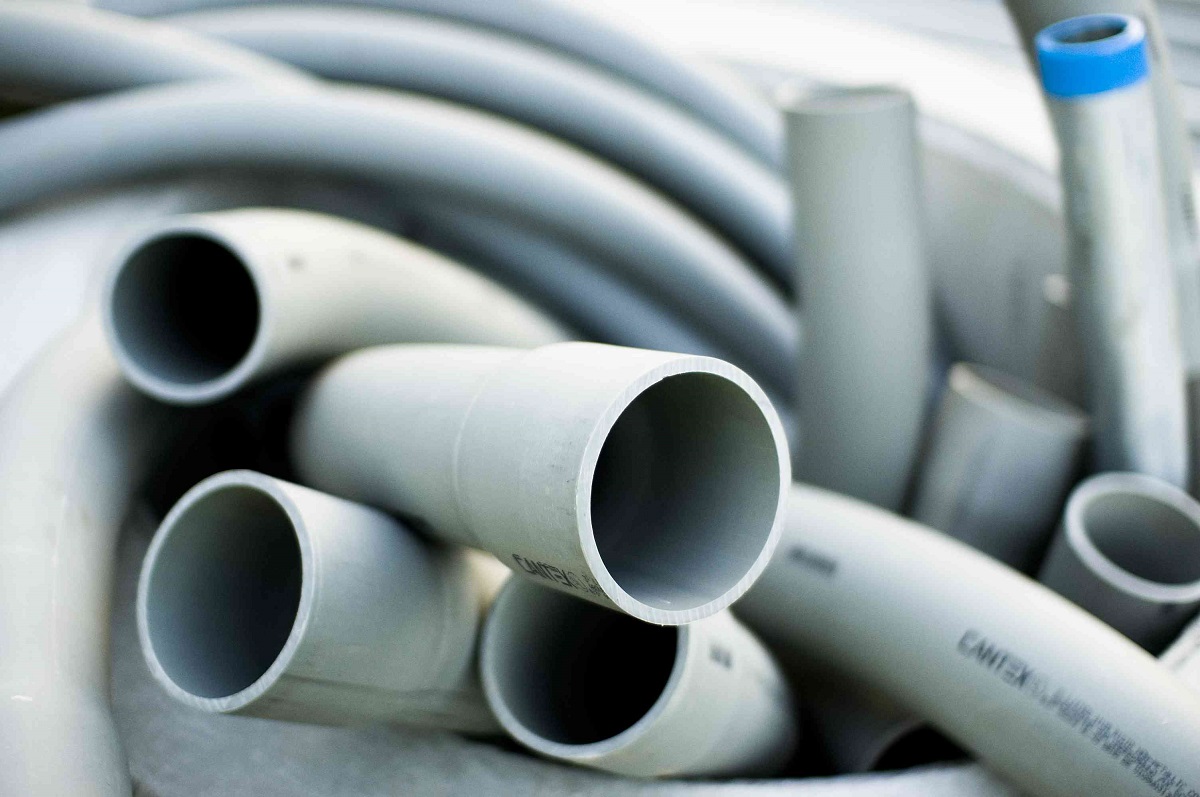

Articles
What Is A PVC Conduit
Modified: March 1, 2024
Learn more about PVC conduits in this informative article. Find out what PVC conduits are and how they are used in various applications.
(Many of the links in this article redirect to a specific reviewed product. Your purchase of these products through affiliate links helps to generate commission for Storables.com, at no extra cost. Learn more)
Introduction
PVC conduit, also known as polyvinyl chloride conduit, is a versatile and commonly used material in the electrical and construction industries. It is a type of pipe that is designed to protect and route electrical wiring in both indoor and outdoor applications. PVC conduit is preferred for its durability, cost-effectiveness, and ease of installation.
In this article, we will explore the definition of PVC conduit, its uses, advantages, and disadvantages. We will also cover the installation process, common sizes and types, maintenance, and the various applications of PVC conduit.
Whether you are a homeowner, contractor, or electrician, understanding PVC conduit can help you make informed decisions when it comes to wiring installations and ensure the safety and efficiency of electrical systems.
Key Takeaways:
- PVC conduit, made of durable PVC material, is a versatile and cost-effective solution for protecting and routing electrical wiring in residential, commercial, and outdoor applications. Its ease of installation and low maintenance make it a preferred choice for electrical systems.
- While PVC conduit offers advantages such as flexibility and electrical insulation, it’s important to consider limitations like temperature sensitivity and UV exposure. Proper maintenance, careful installation, and adherence to electrical codes are crucial for maximizing the benefits of PVC conduit.
Read more: How To Run PVC Conduit
Definition of PVC Conduit
PVC conduit is a type of piping system that is specifically designed to protect electrical wiring and cables. It is made from a thermoplastic polymer called polyvinyl chloride (PVC), which is known for its durability, strength, and resistance to various environmental conditions.
PVC conduit consists of a series of connected cylindrical pipes or tubes, which can be either rigid or flexible. The main purpose of PVC conduit is to provide a protective pathway for electrical wires, allowing them to be safely and securely installed in buildings, homes, or outdoor locations.
Rigid PVC conduit is commonly used for above-ground installations, while flexible PVC conduit is preferred for applications that require bending or maneuvering around corners. Both types are available in a range of sizes and can be easily joined together using appropriate fittings or couplings.
PVC conduit is typically identified by its bright white color, although it is also available in other colors for specific applications. It is resistant to corrosion, impact, and chemicals, making it suitable for use in various environments, including wet locations and areas with exposure to sunlight.
In addition to its protective role, PVC conduit also helps organize and conceal electrical wires, minimizing the risk of accidental damage or tripping hazards. It is an essential component in electrical systems for residential, commercial, and industrial buildings, as well as outdoor installations such as street lighting, telecommunications, and irrigation systems.
Overall, PVC conduit provides a reliable and cost-effective solution for routing and protecting electrical wiring, ensuring the safety and longevity of electrical installations.
Uses of PVC Conduit
PVC conduit is widely used in various applications within the electrical and construction industries. Its key purpose is to protect electrical wiring and cables, ensuring a safe and organized installation. Here are some common uses of PVC conduit:
- Residential Electrical Wiring: PVC conduit is commonly used in residential buildings to protect electrical wiring from damage caused by environmental factors, such as moisture, dust, and physical impact. It is often installed behind walls, in ceilings, or in crawl spaces to safely route and conceal electrical wires.
- Commercial and Industrial Applications: In commercial and industrial buildings, PVC conduit is used to protect electrical wiring and cables in a variety of settings, such as offices, factories, warehouses, and retail spaces. It is essential in ensuring the safety and functionality of electrical systems.
- Outdoor Installations: PVC conduit is highly suitable for outdoor applications due to its resistance to moisture, sunlight, and other environmental elements. It is commonly used for underground electrical installations, outdoor lighting systems, telecommunications lines, and irrigation systems.
- Data and Communication Cabling: PVC conduit can also be utilized for routing data and communication cables, such as Ethernet cables, coaxial cables, and fiber optic cables. This helps protect the cables from interference and damage, ensuring reliable data transmission.
- Concealing Speaker Wires and Audio Cables: In home theater and audio systems, PVC conduit can be used to neatly conceal speaker wires and audio cables, providing a clean and clutter-free installation.
- Security Systems: PVC conduit is often integrated into security and surveillance system installations. It helps protect and conceal the wiring for cameras, sensors, and other security devices.
These are just a few examples of the diverse range of applications where PVC conduit is utilized. Its versatility, durability, and ease of installation make it a preferred choice for protecting and routing electrical wiring in numerous settings.
Advantages of PVC Conduit
PVC conduit offers several advantages that make it a popular choice for electrical wiring installations. Here are some key advantages of using PVC conduit:
- Durability: PVC conduit is highly durable and resistant to corrosion, impact, and chemicals. It can withstand a wide range of environmental conditions, including exposure to sunlight, moisture, and temperature variations.
- Cost-Effective: PVC conduit is an affordable option compared to other types of conduit materials, such as metal or fiberglass. Its lower material and installation costs make it a cost-effective choice for both residential and commercial projects with budget constraints.
- Easy Installation: PVC conduit is lightweight and easy to handle, making it straightforward to install. It can be easily cut to desired lengths and joined together using fittings or couplings. This ease of installation helps save time and labor during the wiring process.
- Flexibility: Flexible PVC conduit is available, which allows for easy bending and maneuvering around corners and obstacles. This flexibility is advantageous in applications that require the conduit to follow complex or non-linear paths.
- Electrical Insulation: PVC conduit provides excellent electrical insulation, protecting the wires and cables from electrical shocks and short circuits. It helps maintain the integrity of the electrical system and ensures safety for both people and equipment.
- Low Maintenance: PVC conduit is virtually maintenance-free. It does not require painting, sealing, or additional coatings to protect it from corrosion. Regular inspections and cleaning are usually sufficient to keep the conduit in good condition.
- Fire Resistance: PVC conduit has a high resistance to fire and does not readily combust. This fire-resistant property makes it a safe choice for electrical wiring installations, especially in buildings where fire safety is a top priority.
- Variety of Sizes and Types: PVC conduit is available in a wide range of sizes and types to suit different applications. Whether you need rigid conduit for above-ground installations or flexible conduit for areas that require bending, there is a PVC conduit option available.
These advantages make PVC conduit a versatile and reliable solution for protecting and routing electrical wiring in various settings. Its combination of durability, affordability, ease of installation, and low maintenance requirements make it a preferred choice for many electricians and building professionals.
Disadvantages of PVC Conduit
While PVC conduit offers numerous advantages, it also has some limitations and disadvantages that should be considered when planning electrical wiring installations. Here are a few notable disadvantages of using PVC conduit:
- Temperature Limitations: PVC conduit has temperature limitations, especially when exposed to high temperatures. It may become less rigid or even melt when exposed to extreme heat, which can pose a risk to the integrity of the electrical wiring.
- Not Suitable for Outdoor UV Exposure: Although PVC conduit is resistant to various environmental conditions, prolonged exposure to ultraviolet (UV) radiation from the sun can degrade the material over time. If PVC conduit is used in outdoor applications exposed to direct sunlight, it is important to choose UV-resistant PVC conduit or protect it with appropriate paint or shielding.
- Low Impact Resistance: PVC conduit is not as impact-resistant as metal conduits. In areas where there is a higher risk of physical damage, such as in industrial settings or in areas prone to heavy machinery or impact, metal conduits may be a more suitable choice.
- Cable Expansion and Contraction: PVC conduit can experience expansion and contraction due to temperature changes. This can put stress on the wires and cables inside, potentially affecting their performance over time. Proper installation and allowance for thermal expansion should be considered to mitigate this issue.
- Environmental Concerns: PVC is a synthetic material derived from petroleum. Some environmental concerns exist regarding the manufacturing, disposal, and potential release of harmful chemicals during PVC conduit’s lifecycle. However, it is worth noting that PVC conduit is known for its long lifespan, durability, and recyclability.
- Flexible Conduit Limited to Certain Bends: While flexible PVC conduit provides ease of installation, it may have limitations on the degree of bends it can accommodate. Flexing the conduit beyond its recommended bending radius can result in kinks or damage to the conduit.
These disadvantages should be thoroughly considered when evaluating the suitability of PVC conduit for a specific electrical wiring project. It is important to weigh the advantages and disadvantages against the specific requirements and conditions of the installation to make an informed decision.
When installing PVC conduit, be sure to use the appropriate size and type for your specific application. Always follow local building codes and regulations to ensure proper installation and safety.
Read more: How To Install PVC Conduit
Installation Process of PVC Conduit
The installation process of PVC conduit involves several steps to ensure a secure and effective electrical wiring system. Here is a general overview of the installation process:
- Plan the Route: Determine the desired route for the conduit, considering the locations of electrical devices, outlets, and switches. This will help determine the length of conduit needed and any necessary bends or angles.
- Gather Materials: Collect all the necessary materials for the installation, including PVC conduit pipes, fittings, couplings, connectors, and a PVC cement adhesive. Ensure that the conduit and fittings are the appropriate size and type for the project.
- Measure and Cut: Measure the required length of the conduit and use a hacksaw or PVC pipe cutter to cut the conduit to the appropriate size. Smooth the cut edges with a deburring tool or sandpaper to remove any sharp edges.
- Attach Fittings: Use appropriate fittings and connectors to join the conduit pieces together. Apply PVC cement adhesive to the inside of the fitting and the outside of the conduit, ensuring a firm and secure connection. Follow the manufacturer’s instructions for the specific adhesive being used.
- Secure the Conduit: Use conduit straps, clamps, or hangers to secure the conduit to the walls, ceilings, or other supporting structures. Ensure that the conduit is properly aligned and securely fastened to prevent any movement or sagging.
- Pull Wires: Once the conduit is in place, feed the electrical wires through the conduit. Carefully guide the wires through the conduit, ensuring they are not twisted or damaged during the process. Use lubricant or wire-pulling compound if necessary to facilitate easier wire pulling.
- Connect to Devices: After the wires are pulled through the conduit, connect them to the appropriate electrical devices, outlets, switches, or junction boxes. Ensure that all connections are properly secured and insulated.
- Test and Inspect: Once the installation is complete, conduct thorough testing to ensure the electrical system is functioning correctly. This may involve testing outlets, switches, and other devices to ensure proper operation. Additionally, inspect the conduit and connections to ensure there are no signs of damage or loose fittings.
It is important to follow local electrical codes and regulations during the installation process. If you are unsure or inexperienced in electrical installations, it is recommended to consult a qualified electrician to ensure the installation is done correctly and safely.
Common Sizes and Types of PVC Conduit
PVC conduit is available in a variety of sizes and types to accommodate different electrical wiring applications. The size of PVC conduit refers to its inside diameter, known as the nominal size. Here are some commonly used sizes and types of PVC conduit:
- 1/2 inch (16mm) PVC Conduit: This is one of the smallest sizes of PVC conduit and is commonly used for residential installations such as wiring outlets, switches, and light fixtures.
- 3/4 inch (21mm) PVC Conduit: This size is commonly used in both residential and commercial applications. It is suitable for running longer wires and cables and is often used for wiring systems in larger buildings.
- 1 inch (27mm) PVC Conduit: This size is commonly used for larger residential projects or small commercial installations. It is commonly used for wiring systems that require multiple circuits or larger-gauge wires.
- 1-1/4 inch (35mm) PVC Conduit: This size is often used in commercial and industrial applications. It is suitable for running multiple wires or larger cables and is commonly used for installations with higher power requirements.
- 1-1/2 inch (41mm) PVC Conduit: This size is commonly used for heavy-duty applications, such as industrial facilities or large commercial buildings. It is capable of accommodating larger cables or multiple wires.
- 2 inch (53mm) PVC Conduit: This larger size of PVC conduit is typically used for industrial or commercial applications that require the routing of large-gauge wires or multiple cables.
In addition to the different sizes, PVC conduit is available in both rigid and flexible forms. Rigid PVC conduit is strong, durable, and suitable for above-ground installations. It provides excellent protection for electrical wires and is often used in commercial and industrial settings. Flexible PVC conduit, on the other hand, is more pliable and can be easily bent to navigate corners and turns. It is commonly used in residential applications or areas that require more flexibility in the wiring system.
It is important to select the appropriate size and type of PVC conduit for your specific electrical wiring needs. Consider factors such as the number of wires, wire gauge, insulation requirements, and the installation environment when choosing the conduit.
Maintenance and Care of PVC Conduit
To ensure the long-term functionality and safety of PVC conduit, regular maintenance and care are essential. By following some simple practices, you can keep the conduit in good condition and prevent potential issues. Here are some maintenance tips for PVC conduit:
- Regular Inspection: Periodically inspect the PVC conduit for any visible signs of damage, such as cracks, breaks, or loose fittings. Look for any indications of wear and tear, especially at connection points or areas exposed to environmental elements.
- Keep it Clean: Keep the conduit clean and free from dirt, debris, or any substances that may accumulate on its surface. Regularly wipe down the conduit using a soft cloth or sponge with mild soap and water. Avoid using abrasive materials or harsh chemicals that may damage the conduit.
- Protect from UV Exposure: If the PVC conduit is installed in an outdoor location that is exposed to direct sunlight, consider using UV-resistant PVC conduit or applying appropriate paint or shielding to protect it from UV radiation.
- Ensure Proper Sealing: Ensure that all fittings, joints, and connections of the PVC conduit are properly sealed to prevent the entry of moisture, dust, or other contaminants. Use PVC cement adhesive and follow the manufacturer’s instructions for secure and watertight connections.
- Mitigate Temperature Effects: Be mindful of the temperature limitations of PVC conduit. Avoid installing it in areas with extreme heat sources or exposing it to high temperatures that may cause it to deform or melt. If heat sources are unavoidable, consider using insulation or heat shields to protect the conduit.
- Address Damage Promptly: If you observe any signs of damage, such as cracks, breaks, or loose fittings, it is crucial to address the issue promptly. Replace damaged or compromised sections of the conduit or fittings to maintain the integrity of the electrical system.
- Follow Electrical Codes: Adhere to local electrical codes and regulations when installing or making modifications to the PVC conduit system. Compliance with the codes ensures the safety and conformity of the electrical wiring installation.
- Consult a Professional: If you are uncertain about any aspect of PVC conduit maintenance, or if you experience complex issues, it is recommended to consult a qualified electrician or professional with expertise in electrical systems and conduit maintenance.
By following these maintenance practices, you can prolong the life of the PVC conduit and ensure that it continues to provide effective protection and routing for your electrical wiring system.
Applications of PVC Conduit
PVC conduit finds extensive use in a wide range of applications within the electrical and construction industries. Its versatility, durability, and affordability make it a popular choice for protecting and routing electrical wiring. Here are some common applications of PVC conduit:
- Residential Electrical Systems: PVC conduit is commonly used in residential buildings to protect and route electrical wiring. It is used in wall and ceiling installations to ensure the safe and organized distribution of power throughout the house.
- Commercial and Industrial Buildings: PVC conduit is widely used in commercial and industrial buildings, such as offices, factories, warehouses, and retail spaces. It provides a protective pathway for electrical wiring in these settings, ensuring the safe operation of electrical systems and equipment.
- Outdoor Electrical Installations: PVC conduit is highly suitable for outdoor applications. It is commonly used for underground installations, such as burying electrical wiring for landscape lighting, outdoor outlets, and irrigation systems. PVC conduit protects the wiring from moisture, physical damage, and environmental elements.
- Data and Communication Cabling: PVC conduit is utilized for routing data and communication cables, including Ethernet cables, coaxial cables, and fiber optic cables. It protects these cables from interference, damage, and provides a neat and organized installation for reliable data transmission.
- Security and Surveillance Systems: PVC conduit is an essential component in security and surveillance system installations. It protects and conceals the wiring for cameras, sensors, alarm systems, and other security devices, ensuring their proper functionality and minimizing the risk of tampering or damage.
- Home Theater and Audio Systems: PVC conduit is often used to conceal speaker wires and audio cables in home theater and audio systems. It provides a clean and organized installation, allowing for seamless integration of speakers and audio equipment.
- Temporary Installations: PVC conduit is also used for temporary electrical installations in construction sites, events, or other temporary structures. It provides a safe and organized solution for routing temporary electrical wiring, ensuring compliance with electrical safety regulations.
These applications highlight the versatility and adaptability of PVC conduit in various electrical wiring scenarios. Its ease of installation, durability, and cost-effectiveness make it a preferred choice for electricians and contractors when it comes to protecting and routing electrical wiring.
Read also: 13 Best Pvc Conduit Body for 2024
Conclusion
PVC conduit is a vital component in the electrical and construction industries, providing a reliable and cost-effective solution for protecting and routing electrical wiring. Its durability, ease of installation, and versatility make it a popular choice for a wide range of applications.
Throughout this article, we have explored the definition of PVC conduit, its uses, advantages, and disadvantages. PVC conduit is widely used in residential, commercial, and industrial settings to safeguard electrical wiring and cables from environmental factors and physical damage.
The advantages of PVC conduit include its durability, cost-effectiveness, and ease of installation. It is resistant to corrosion, impact, and chemicals, making it suitable for various environments. PVC conduit offers flexibility and excellent electrical insulation properties, ensuring the safety and efficiency of electrical systems.
While PVC conduit has numerous advantages, it also has some limitations and considerations. Temperature limitations, UV exposure, and lower impact resistance are factors to be mindful of during the installation process. However, proper maintenance, regular inspections, and following electrical codes can mitigate these disadvantages.
The installation process of PVC conduit involves careful planning, measuring, cutting, and joining of conduit pieces. Pulling wires through the conduit and connecting them to electrical devices require attention to detail and adherence to safety standards.
Common sizes and types of PVC conduit cater to various wiring needs, whether for residential, commercial, or industrial applications. Both rigid and flexible conduits are available, offering flexibility and adaptability to different installation requirements.
Maintaining and caring for PVC conduit involves regular inspections, cleanliness, protection from UV exposure, and addressing any damage promptly. By following these practices, you can ensure the longevity and proper functioning of your electrical wiring system.
From residential wiring to outdoor installations, data cabling, and security systems, PVC conduit finds extensive use in a wide range of applications. Its ability to protect and route electrical wiring makes it an indispensable component in electrical systems.
In conclusion, PVC conduit provides a reliable, cost-effective, and efficient solution for protecting and routing electrical wires. Its qualities make it an excellent choice for electricians, contractors, and homeowners alike. By understanding the uses, advantages, and installation process of PVC conduit, you can make informed decisions and ensure the safe and effective operation of your electrical systems.
Frequently Asked Questions about What Is A PVC Conduit
Was this page helpful?
At Storables.com, we guarantee accurate and reliable information. Our content, validated by Expert Board Contributors, is crafted following stringent Editorial Policies. We're committed to providing you with well-researched, expert-backed insights for all your informational needs.
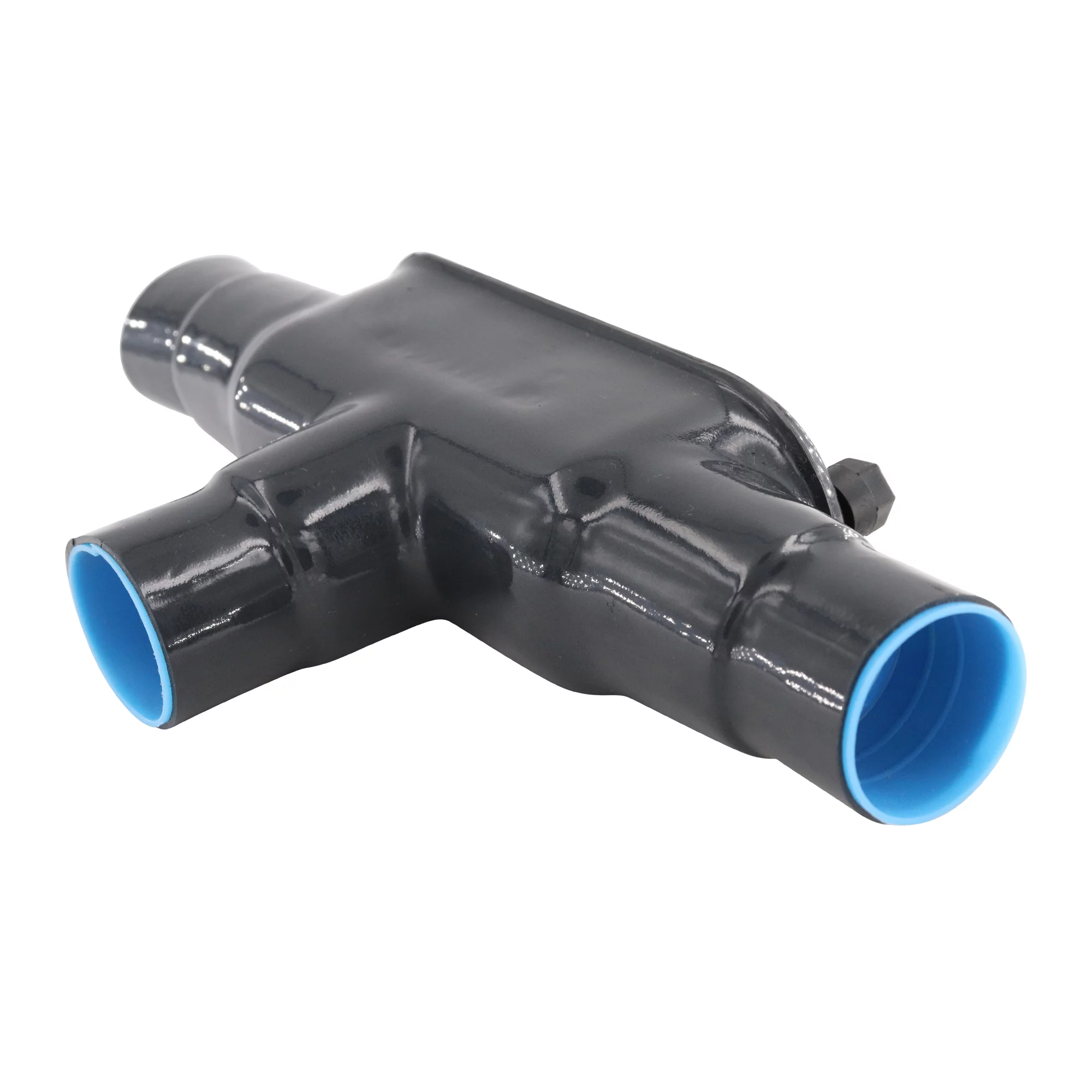
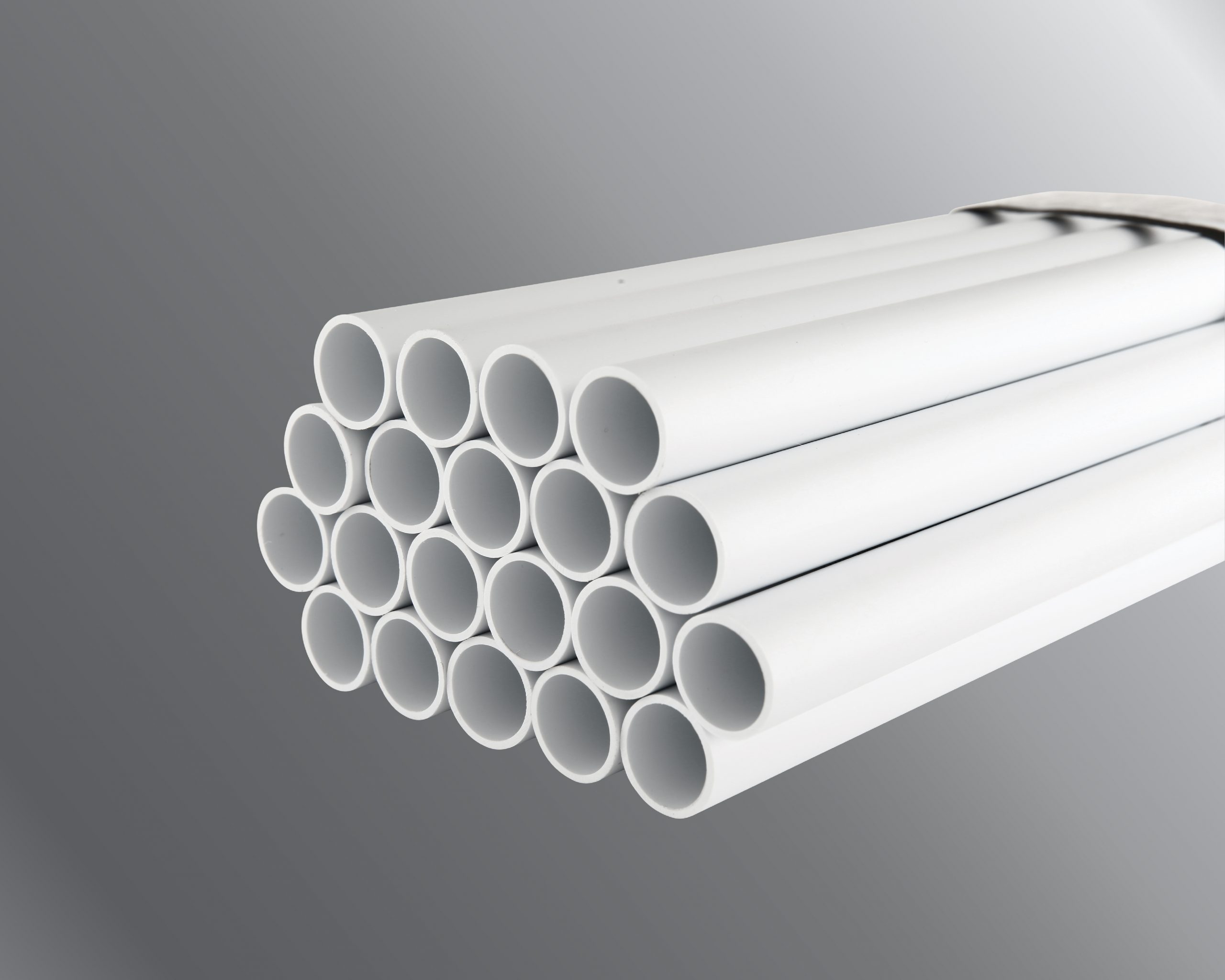
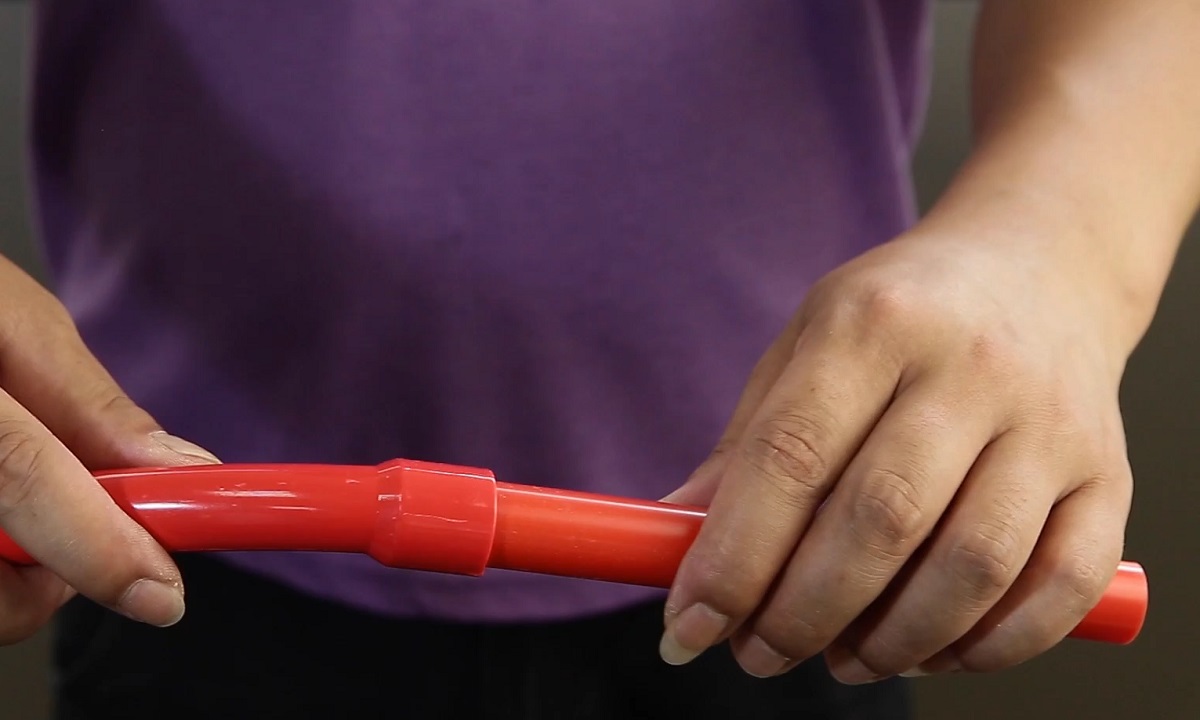
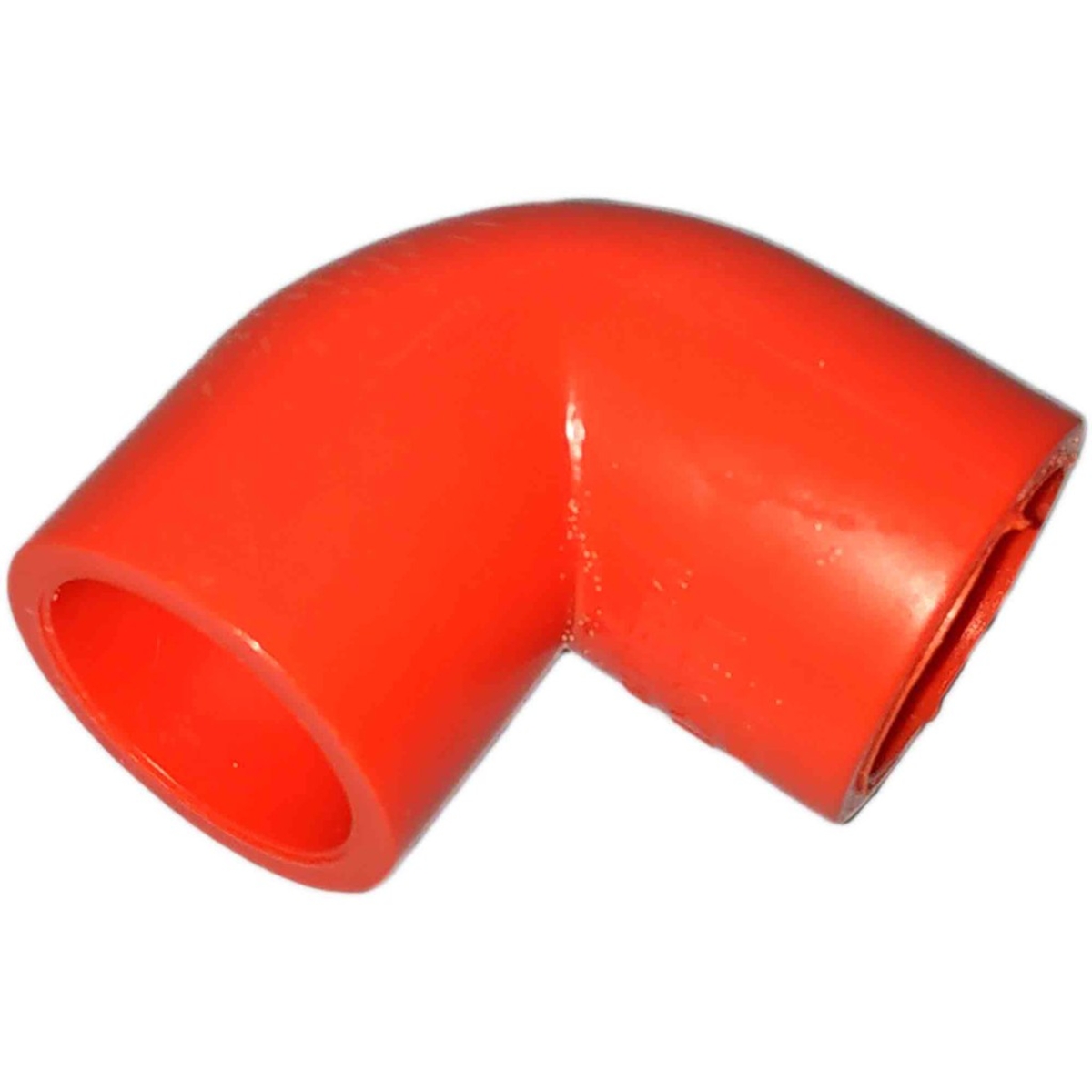
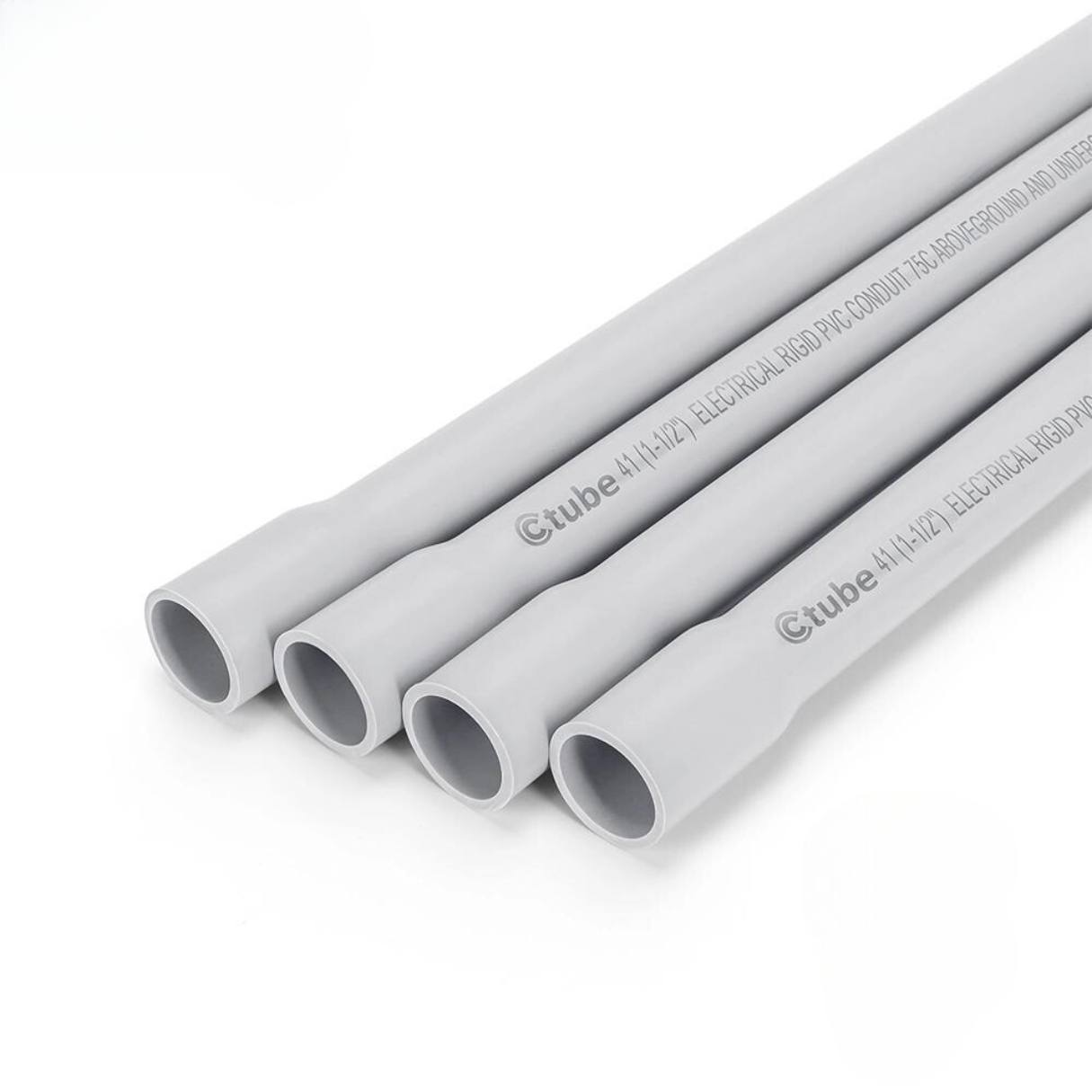
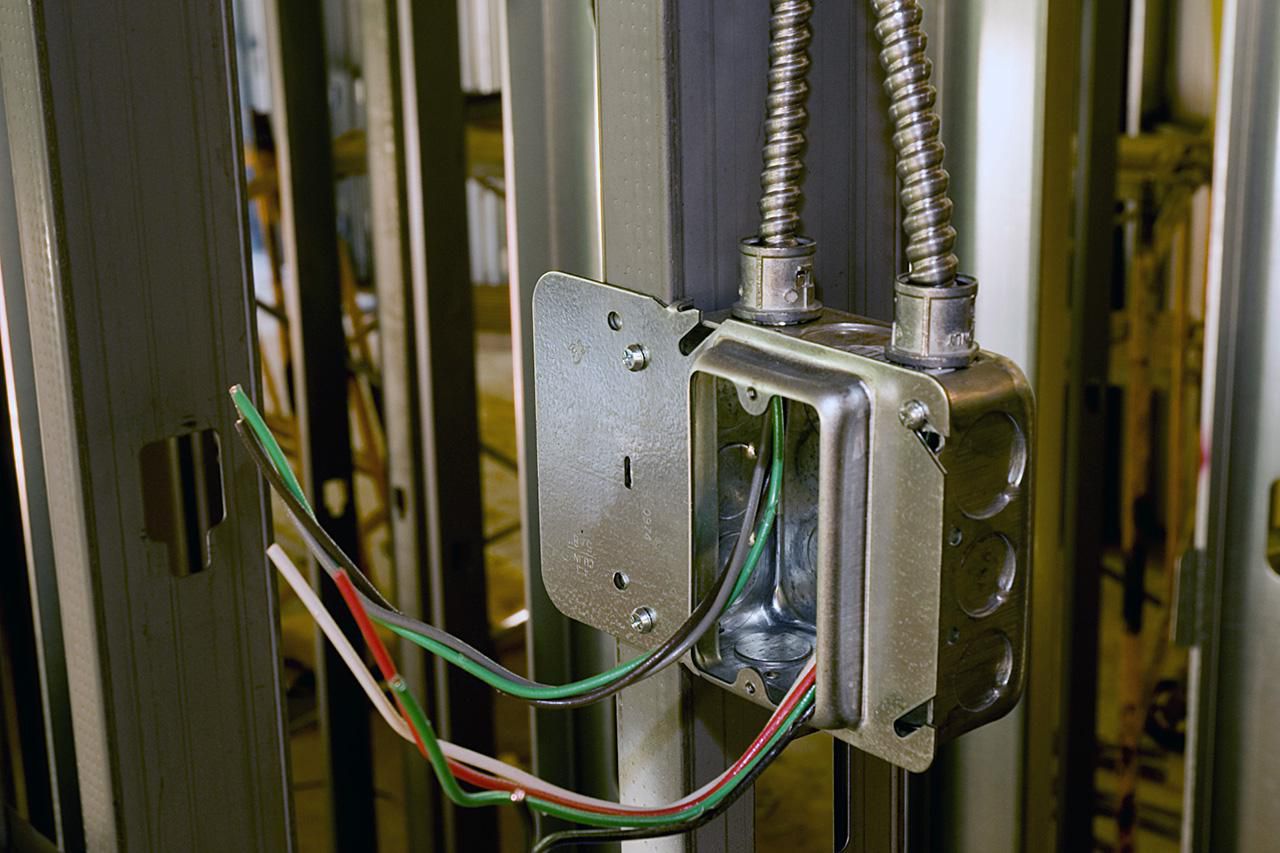
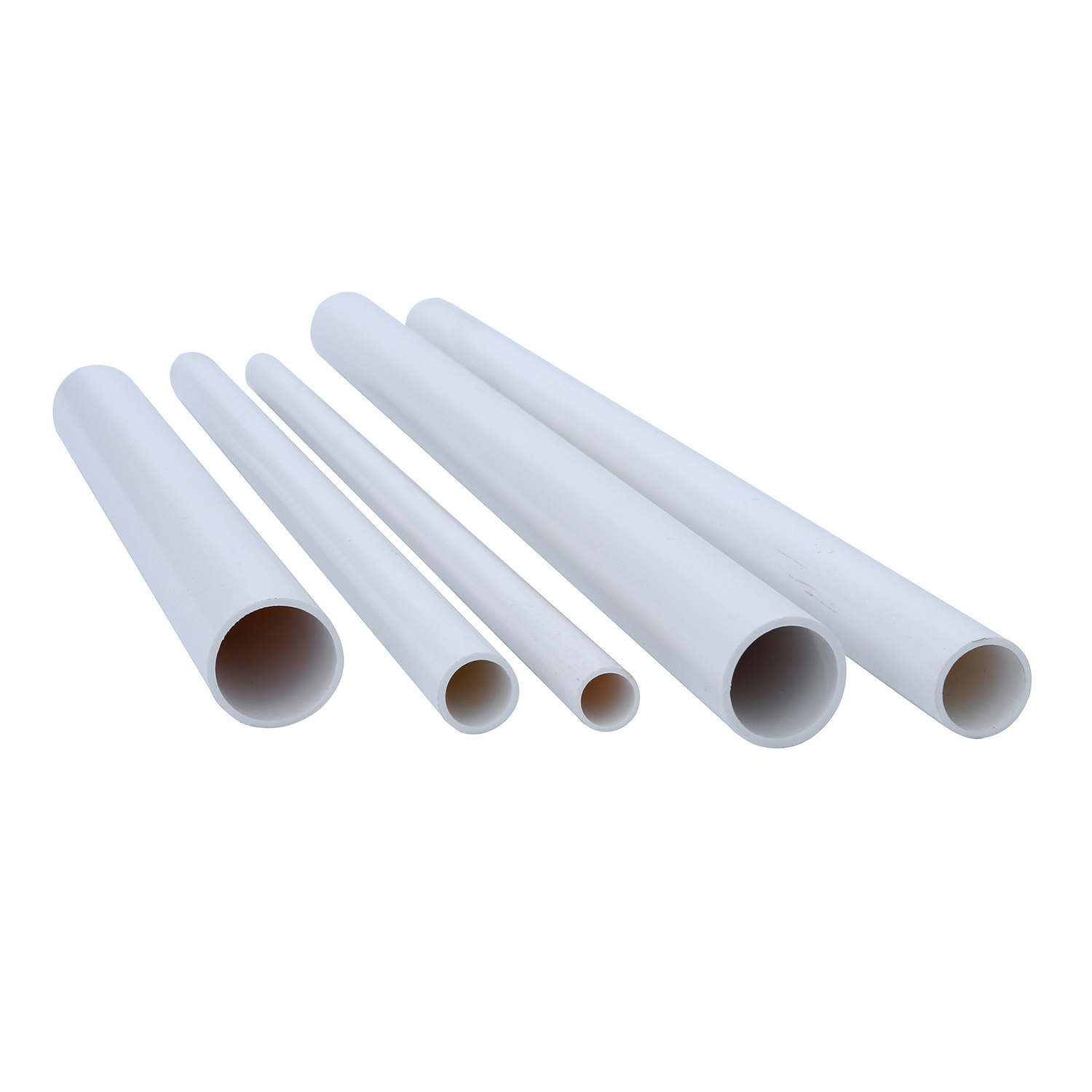
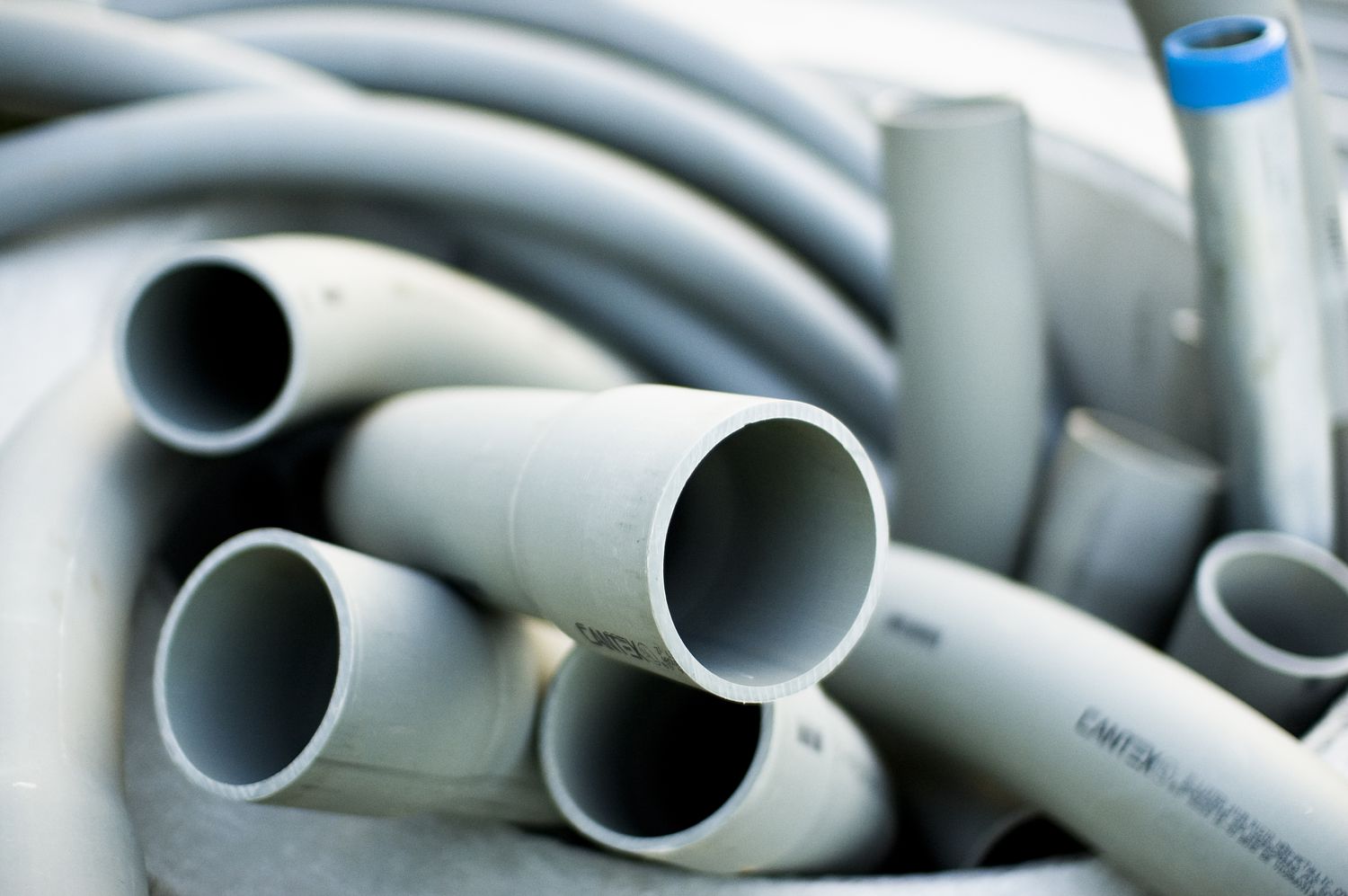
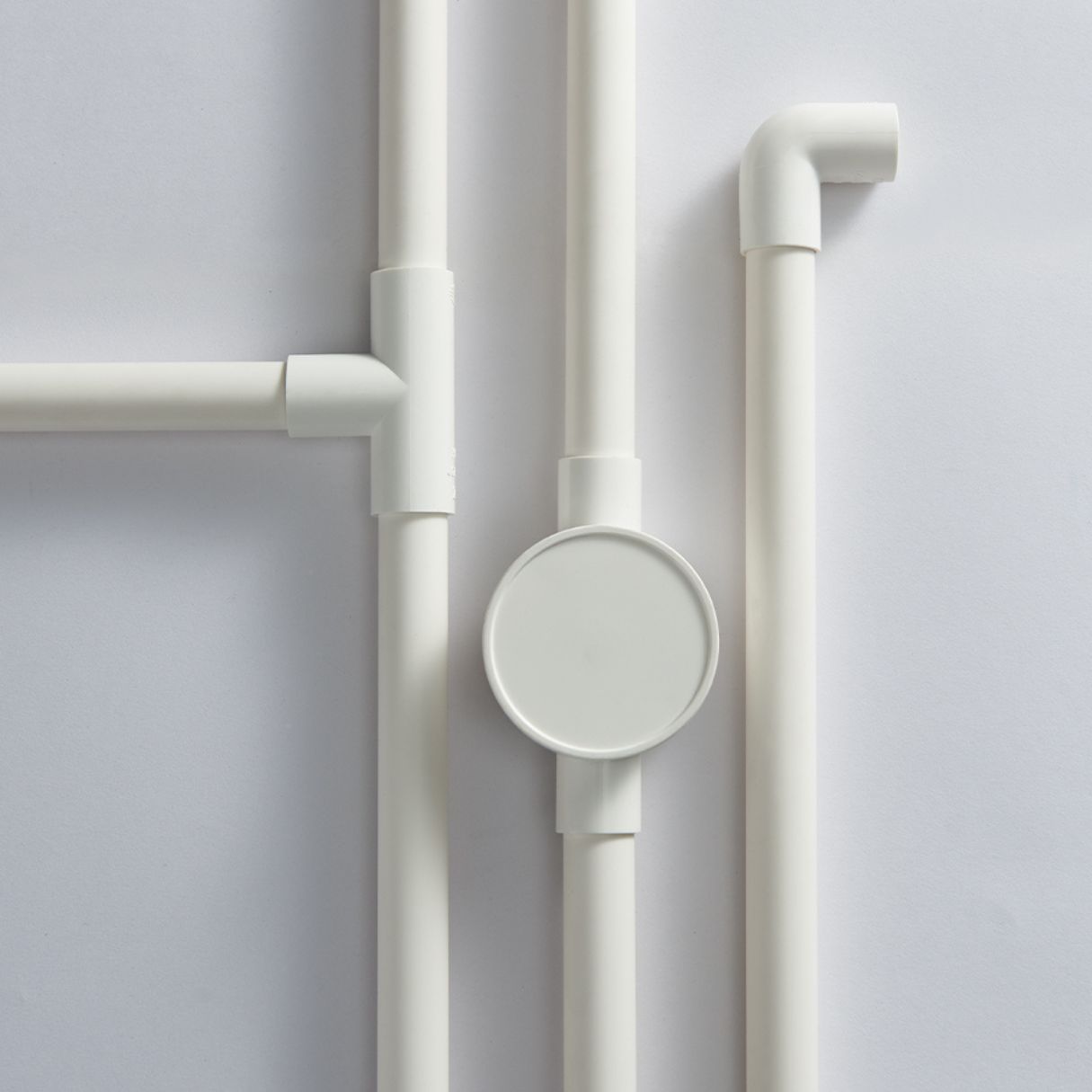
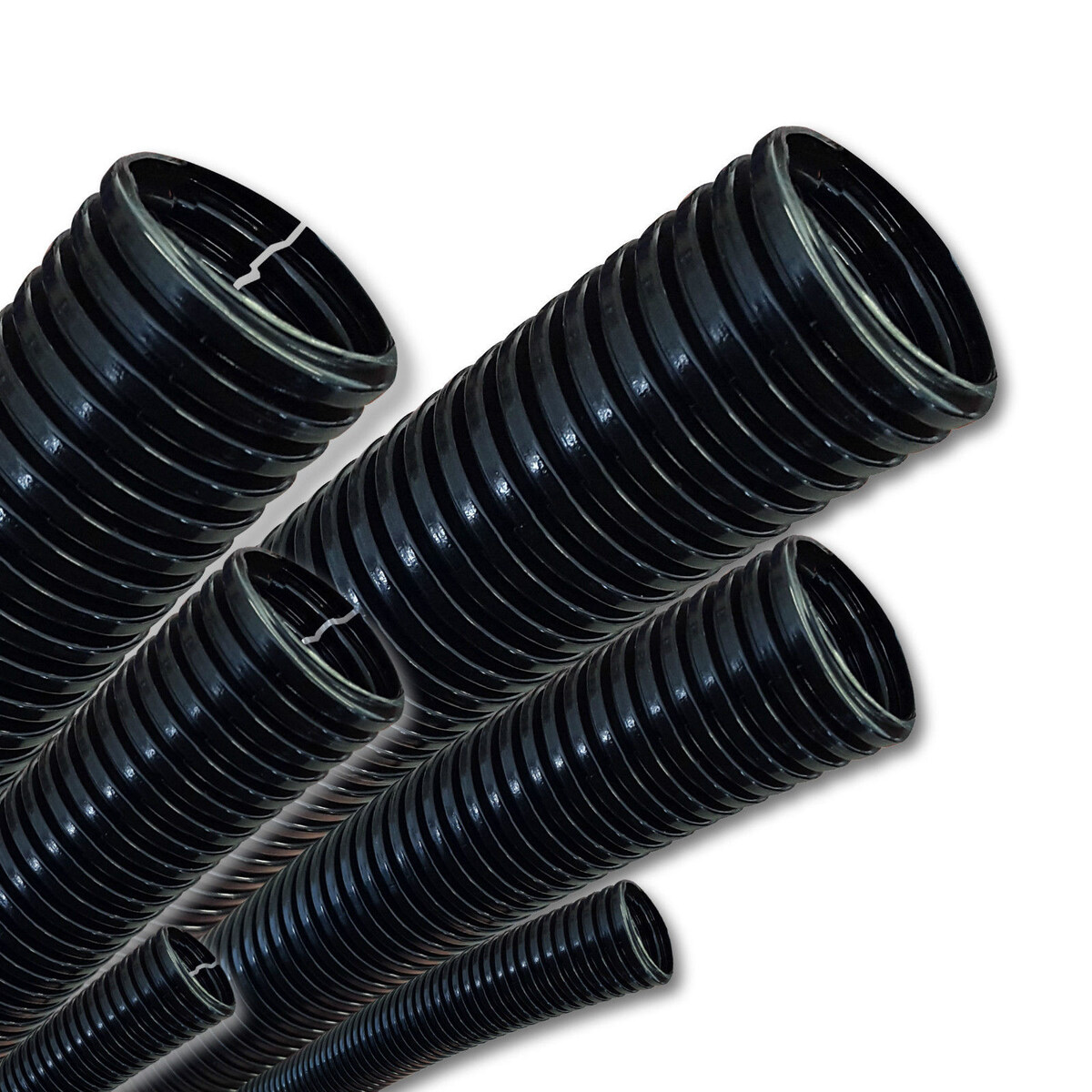
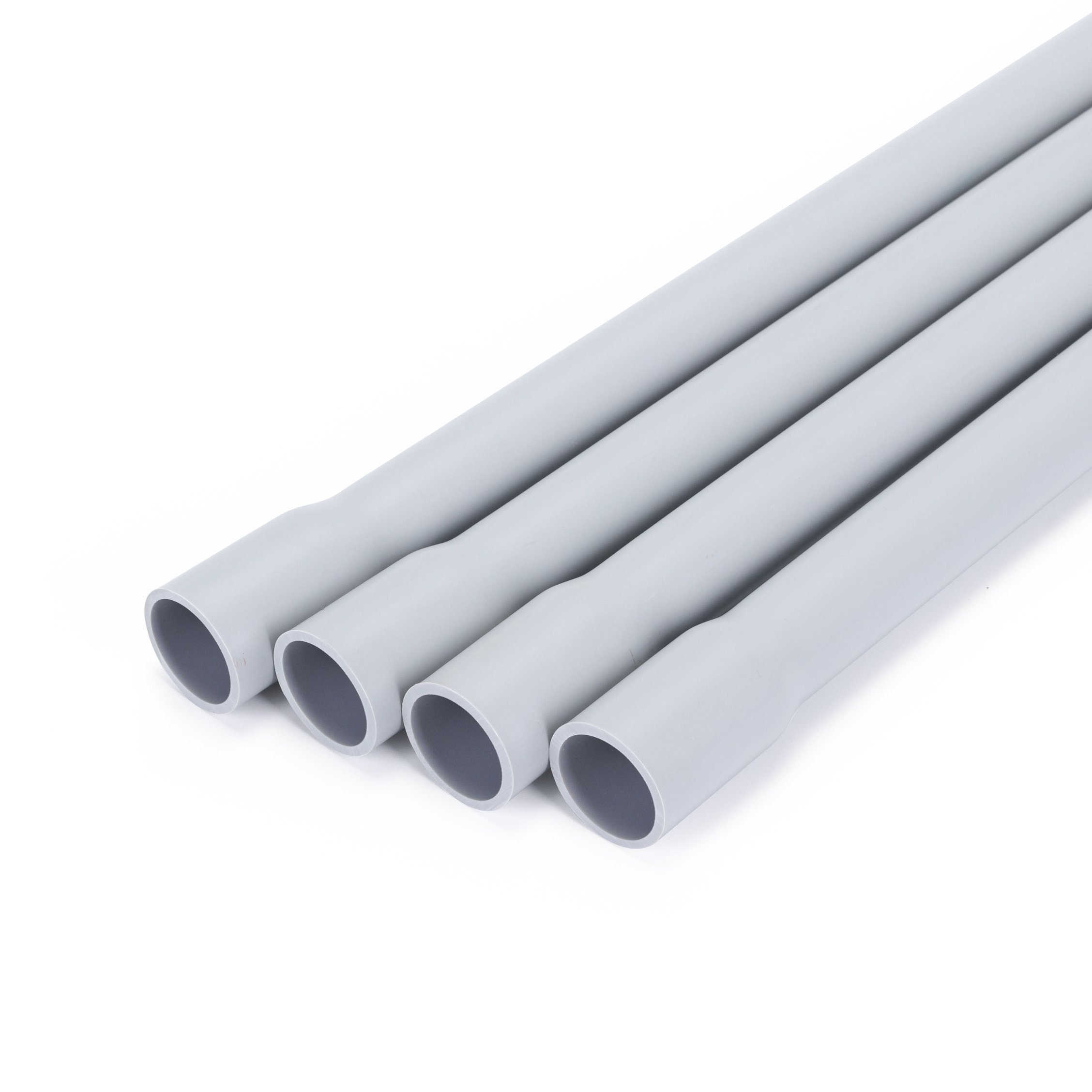
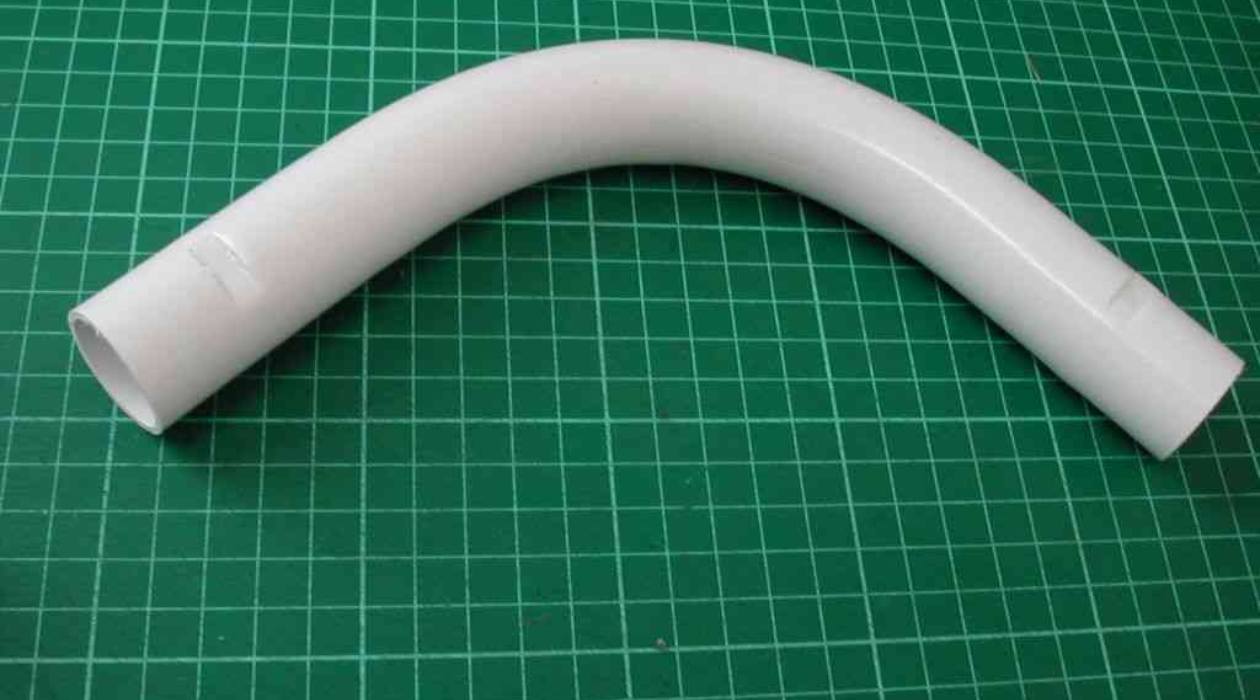
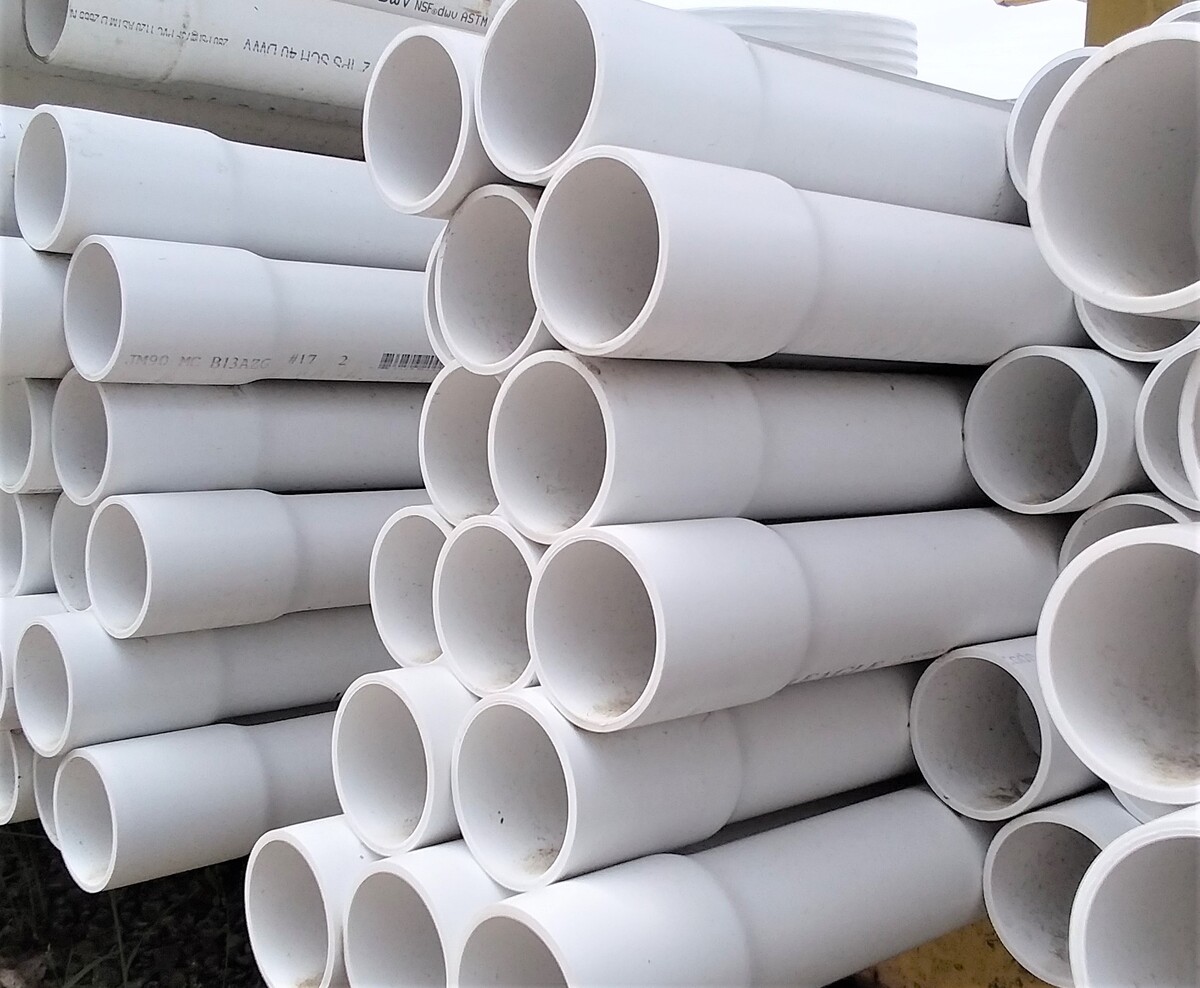

0 thoughts on “What Is A PVC Conduit”